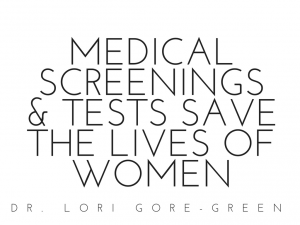Mammograms are an essential part of cancer prevention. Regular screening provides the best chance of early detection when cancer is easiest to treat and cure.
When breast cancer is detected, its pathology report will place it in one of five stages. Categorizing cancer into stages helps the doctor and patient decide upon and implement the best treatment options.
Recent advances in cancer staging guidelines from the American Joint Committee on Cancer (AJCC) make the staging and treatment of breast cancer more complex but more accurate. Information on tumor grade, hormone-receptor status, and possible Oncotype DX test results are considered in all stages when developing a treatment plan.
One of the best ways a patient can alleviate fears of a cancer diagnosis is to understand the stages of breast cancer and the treatment options available.
Stage 0
Stage 0 defines non-invasive breast cancer such as DCIS (ductal carcinoma in situ). There is no evidence of cancerous or other abnormal cells invading tissue outside of the immediate area where cancer began.
Stage I
Stage I defines invasive breast cancer, meaning that cancer cells are present in normal tissue immediately outside of where cancer started but still confined to the breast. The chance of cure for Stage 0 or Stage I is high. Stage I is further divided into subcategories IA and IB.
Stage II
Stage II describes invasive and growing breast cancer that’s larger but still confined to the breast. It may have spread to some axillary lymph nodes. Stage II divides cancer into subcategories IIA and IIB.
Stage III
Stage III comprises three subcategories–IIIA, IIIB, IIIC. Stage III generally describes a more aggressive and invasive cancer. Its size is more than 5cm and, it may be spreading into nearby muscle and lymph nodes. But it has not spread to distant organs.
Stage IV
In Stage IV, breast cancer has become metastatic. This means that it has spread beyond the breast and nearby lymph nodes to distant organs in the body such as the lungs, liver, brain, or bones.
The cure rate of stage IV is reduced dramatically. But, with today’s treatments, a relatively normal life can be prolonged for several years.
